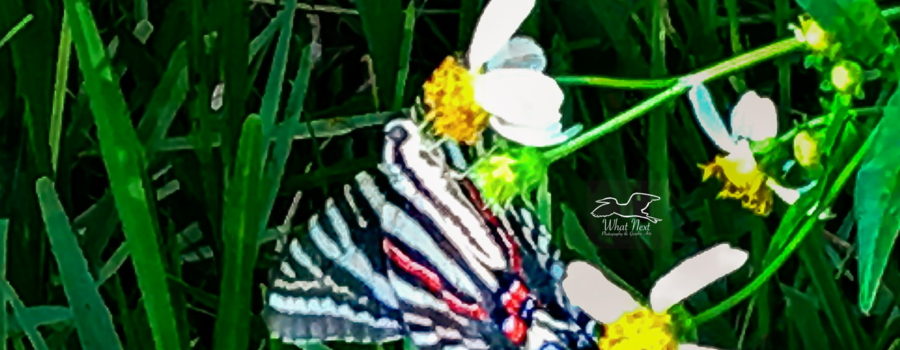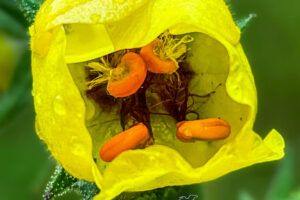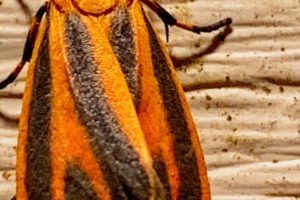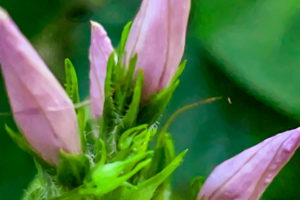A Zebra Swallowtail is Unusual in the Sandhills

One of the reasons that I love living in Florida is the warmer weather. While many of my fellow bloggers are reporting more warm days than cold, melting snow, and the beginnings of green plants and grass in the northern United States, down here spring is in full swing. Wildflowers are blooming, the trees and grass are green, and the butterflies (and moths) have returned. I stopped early last week on my way home in a spot where the phlox is abundant and butterflies are constantly fluttering around. I actually didn’t have any luck getting any butterfly photos. I think that the intersection just has too much traffic and the butterflies don’t rest much. But as is usual when I stop in that area I did find some new plants for use in future posts, so it wasn’t at all a wasted time. However, when I got home my luck improved because I did find a zebra swallowtail (Protographium marcellus formerly Eurytides marcellus) flying around in my yard.

The zebra swallowtail is a fairly common butterfly in the southeastern United States and can usually be found from northern New York west into the eastern Great Plains and south through Florida to Texas. Stragglers can sometimes be found in parts of New England and out into New Mexico. In the northern part of it’s range these guys are probably just getting ready for their first flight and will generally have two flights a year. Down here, the first flight is in full swing, and there are usually about four flights a year. Each flight represents one generation. I was actually surprised to find one of these butterflies in my yard because we (the sandhills) tend to be a little too dry for their liking. They prefer open areas around forests that are near lakes, rivers, or streams. Part of the reason for this is that’s where the pawpaw trees grow. The larvae or caterpillars of the zebra swallowtail feed exclusively on the leaves of these trees. Adults feed on nectar from a number of wildflowers including blueberries, dewberries, redbuds, milkweed, and lilacs. I do occasionally see them here later in the summer feeding on the blackjack flowers, but this was the first time I’ve spotted one here in the spring.

One of the interesting things about these beautiful butterflies is that although the males and females look identical, there are differences between the generations. Usually the first or spring generation is the most numerous. They tend to be smaller in size with shorter tails, and with more of a greenish tint to their white stripes. The last generation tends to be notably larger, have longer tails and have more of a yellowish tint to their white stripes. As they get more yellow, they may resemble the eastern tiger swallowtail, but they never get as dark yellow, their tails are longer, and their stripes tend to be wider. The zebra swallowtail is also distinguished by it’s two red spots on the insides of the hind wings and the red line visible on the outside of the hind wings.

I’m always happy to spot and photograph something unusual in my yard, even if it’s not unusual overall. I’m not sure why the butterfly was here, but I assume it was feeding. My neighbors and I have had quite a few thistles blooming, and the butterflies do love them. So far we are also having a pretty wet spring, so there may also be some different flowers blooming out in the woods. If we ever have a nice weekend without it raining much of the day, I think I need to take a hike out there and see what’s growing.






Recent Comments